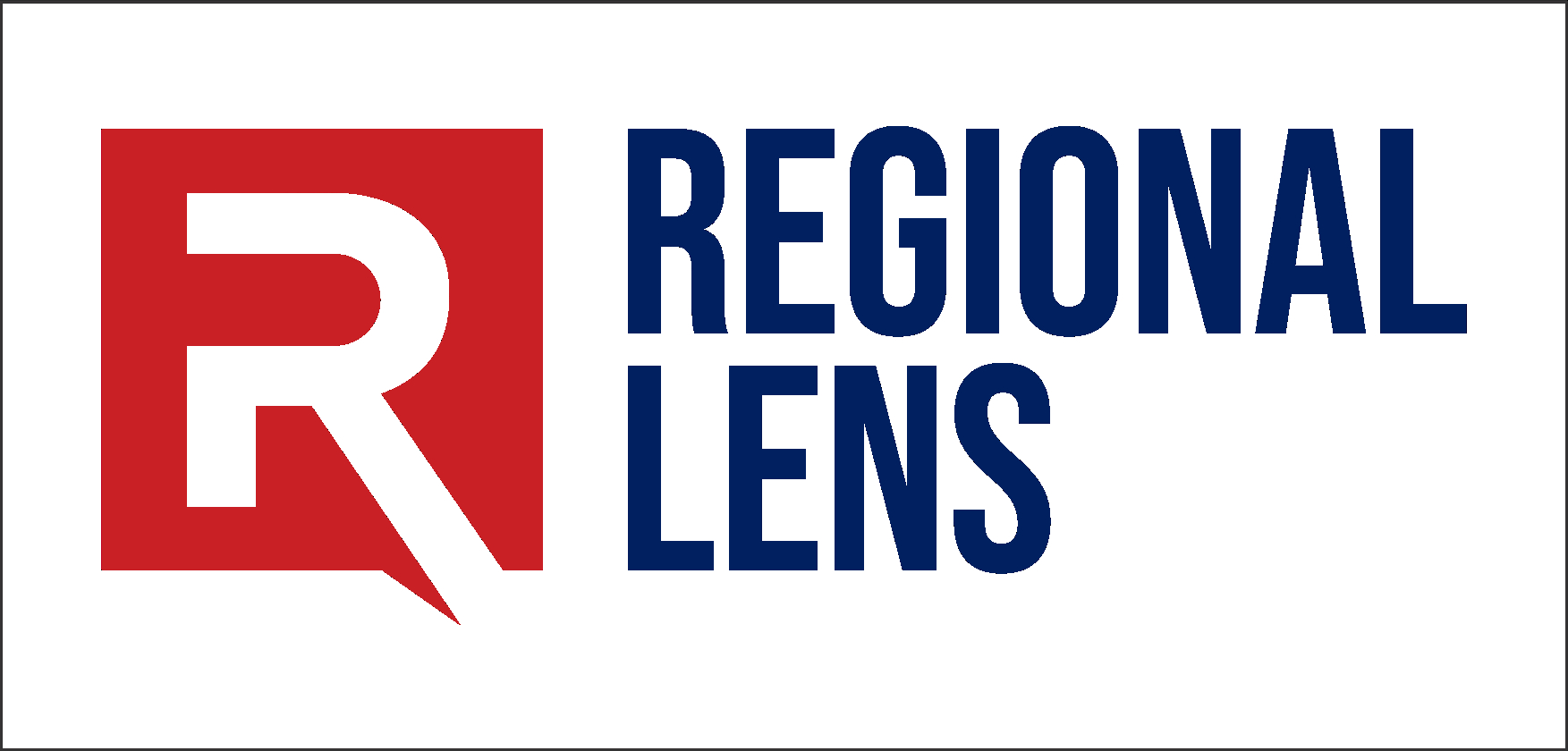Issues of Regional Lens
Journal
Regional Lens
Editor
Imran
Publisher
Himalaya Degree College of Science and Technology (HCST)
ISSNP
3007-1747
ISSNE
3007-1038
Frequency
Annual
Article Processing Charges
None
Submission Charges
None
Journal Start Date
2022
Review Process
Double Blind Peer Review
Subjects
Regional Studies; Social Sciences
Languages
English
Editorial Board URL
Author Instructions URL
Author Licence URL
Open Access
Yes
ARI Id
336
This page has been accessed 10 times.
Introduction
"Regional Lens" is a peer-reviewed academic journal dedicated to the interdisciplinary study of regional studies. It provides a platform for researchers, scholars, policymakers, and practitioners to explore diverse aspects of regional dynamics, challenges, and opportunities. The journal publishes original research articles, review papers, case studies, and critical commentaries that contribute to advancing knowledge and understanding of regional issues worldwide.
Scope and Focus: The journal covers a wide range of topics within the field of regional studies, including but not limited to regional economic development, governance and politics, socio-cultural dynamics, environmental sustainability, infrastructure and urbanization, health and well-being, education and human capital, security and conflict resolution, innovation and entrepreneurship, and regional disparities. It welcomes interdisciplinary and cross-cutting approaches that offer insights into the complexities of regional phenomena and their implications for policy and practice.
Audience: "Regional Lens" serves as a valuable resource for academics, researchers, policymakers, practitioners, and stakeholders interested in regional studies and related fields. It caters to a diverse audience seeking scholarly insights, evidence-based analysis, and innovative solutions to regional challenges.
Publication Frequency: The journal is published biannually, with two issues released per year in both digital and print formats.
Submission Guidelines: Authors interested in submitting their work to "Regional Lens" are encouraged to consult the journal's submission guidelines available on the journal's website. Submissions undergo a rigorous peer-review process to ensure the quality, relevance, and integrity of published research.
Editorial Board: The journal is overseen by an esteemed editorial board comprising leading experts and scholars in the field of regional studies. The editorial board ensures the integrity and scholarly rigor of the publication process, providing guidance and expertise to authors, reviewers, and the editorial team.
Indexing and Abstracting: "Regional Lens" is indexed and abstracted in prominent academic databases and repositories, ensuring wide visibility and accessibility of published content to researchers and practitioners worldwide.
Contact Information: For inquiries, submissions, and other correspondence, please contact the editorial office at editor@regionallens.com or visit the journal's website regionallens.com for more information.
Aims and Scope
The focus of this journal is to explore the dynamics, challenges, and opportunities within national and sub-national regions across the globe. Topics covered include, but are not limited to:
Regional Economic Development: Analysis of economic policies, strategies, and initiatives aimed at fostering growth, innovation, and competitiveness within national and sub-national regions.
Regional Governance and Politics: Examination of governance structures, political systems, and decision-making processes at the national and sub-national levels, including issues of decentralization, autonomy, and regional representation.
Regional Socio-cultural Dynamics: Research on social and cultural factors shaping identities, communities, and interactions within diverse national and sub-national regions, including language, ethnicity, religion, and heritage.
Regional Environmental Sustainability: Studies on environmental challenges, conservation efforts, and sustainable development practices tailored to the unique characteristics and needs of national and sub-national regions.
Regional Infrastructure and Urbanization: Exploration of infrastructure development, urban planning, and transportation networks within national and sub-national regions, addressing issues of connectivity, accessibility, and spatial planning.
Regional Health and Well-being: Analysis of health disparities, healthcare systems, and public health interventions designed to promote well-being and address health inequalities within national and sub-national regions.
Regional Education and Human Capital: Investigation of educational policies, programs, and initiatives aimed at enhancing human capital development and improving educational outcomes within national and sub-national regions.
Regional Security and Conflict Resolution: Research on regional security challenges, peacebuilding efforts, and conflict resolution mechanisms aimed at promoting stability and resilience within national and sub-national regions.
Regional Innovation and Entrepreneurship: Studies on innovation ecosystems, entrepreneurship policies, and industry clusters driving economic growth and prosperity within national and sub-national regions.
The journal welcomes interdisciplinary contributions from scholars, policymakers, practitioners, and stakeholders interested in advancing knowledge and understanding of national and sub-national regions. By providing a platform for scholarly exchange and collaboration, the journal aims to facilitate dialogue, inform policy, and contribute to the sustainable development and well-being of diverse regions worldwide.
Contact Information
- Regional Lens (A Journal of Regional Studies)
- https://regionallens.com/
- Publisher: Himalaya Degree College of Science and Technology (HCST)
- Postal Address: Near Seena Hospital Jrando Neher Karnal Sher Killi, Tehsil Razar, Swabi, Khyber Pakhtunkhwa, Pakistan.
| Volume & Issue | Year | No of Articles |
| Volume & Issue | Year | No of Articles |
